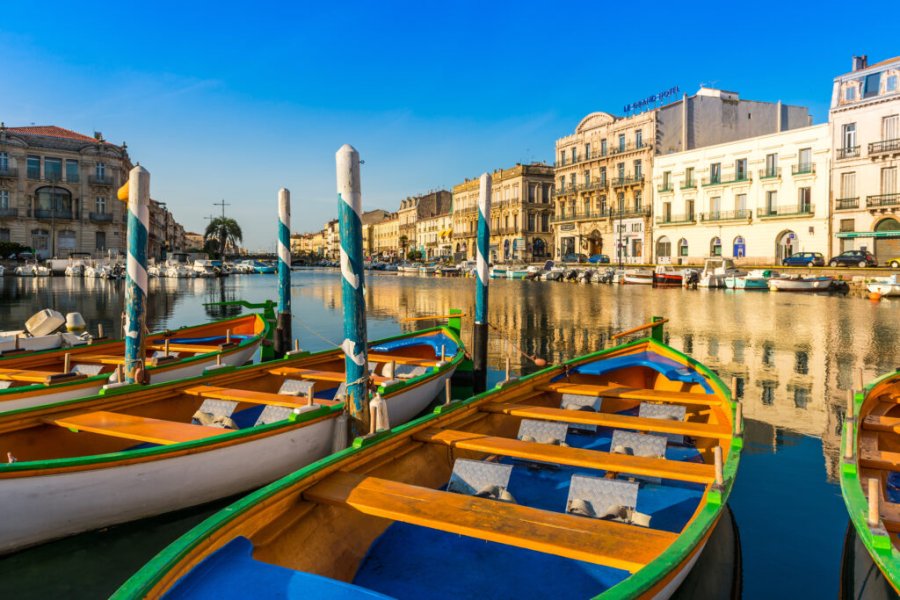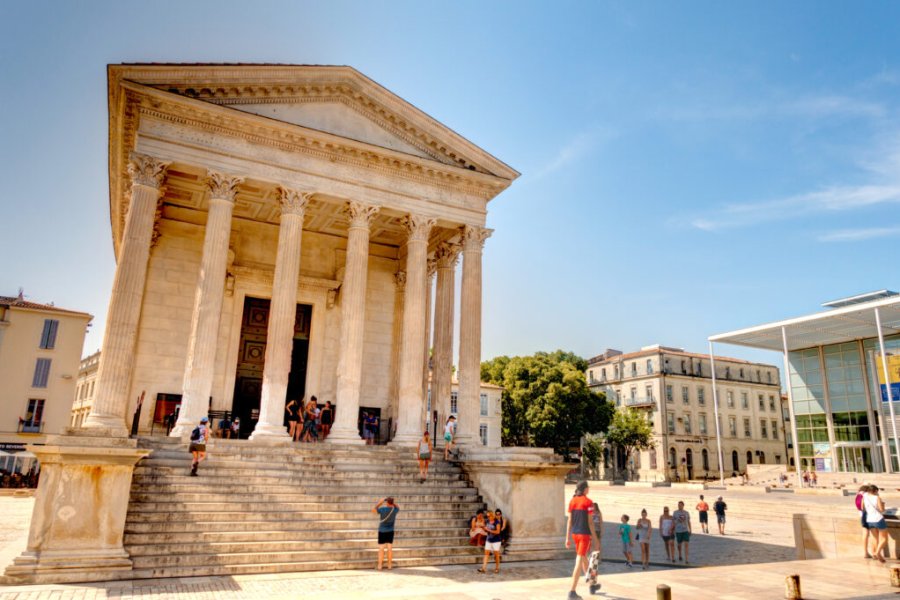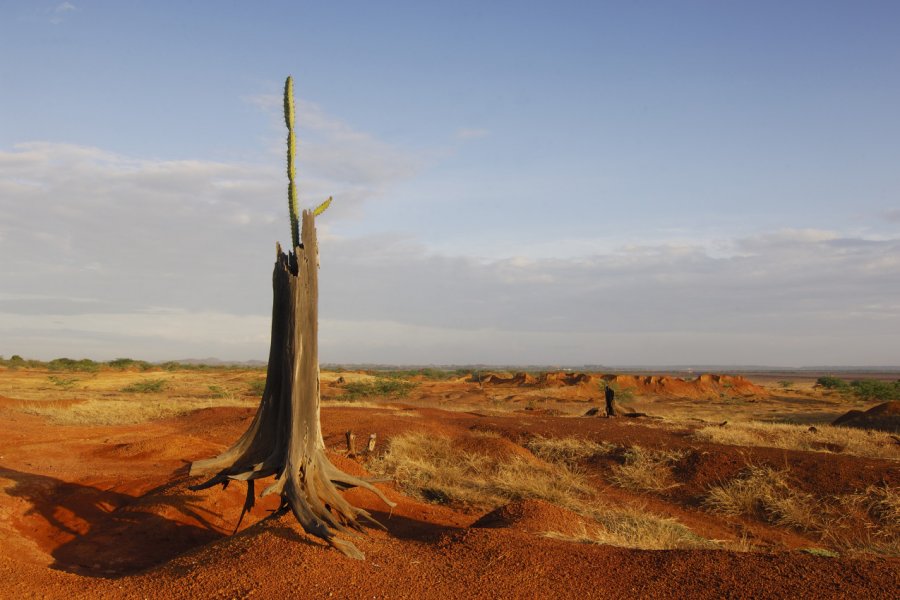Travel Guide Parque Nacional Sarigua
Find an accommodation
Advertising
Sarigua National Park is a vast area of 8,000 ha, composed of mangroves, dry forest and especially the most arid zone of the country, often wrongly qualified as "desert". Rainfall is less than 1,000 mm per year and temperature differences are high (19°C at night, over 40°C during the day). Archaeological remains dating back 11,000 years and traces of agricultural activities from 5,000 years ago testify that Sarigua was the first region of the isthmus to be inhabited by man. This area was still covered by forest only a few decades ago. The state of the ecosystem, already weakened in a natural way by the salinization of the grounds and the erosion caused by violent winds, worsened in the XIX and XX centuries with the deforestation. Since the creation of the park in 1984, the fauna is more abundant, with the presence of armadillos(armadillo), anteaters(oso hormiguero), or crocodiles on the side of the Santa Maria River. The development of ponds dedicated to the breeding of shrimps(camaroneras) in 1997 would have also allowed the containment of the erosion and to preserve the endemic vegetation bordering.
Suggested addresses Parque Nacional Sarigua
Weather at the moment
Advertising
Organize your trip with our partners Parque Nacional Sarigua
Transportation
Book your plane tickets
Car Rental
Boat rental
Accommodation & stays
Find a hotel
Holiday rental
Find your campsite
Tailor-made trip
Immersion travel
Services / On site
Activities & visits
Find a doctor
Find unique Stay Offers with our Partners
Pictures and images Parque Nacional Sarigua
Other destinations nearby Parque Nacional Sarigua
25 km away




